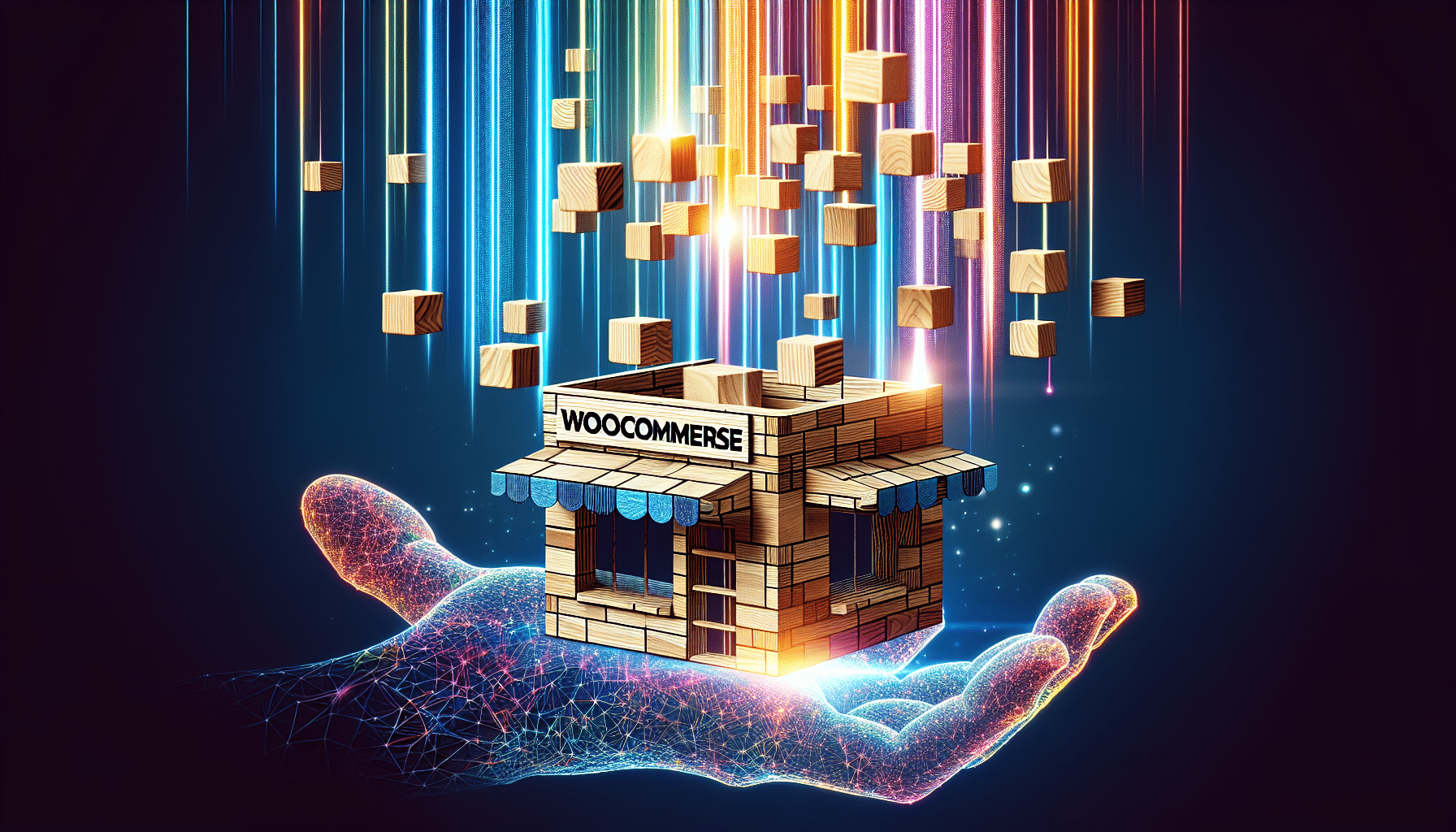In recent years, eCommerce platforms have undergone significant transformations, and WooCommerce is no exception. One of the most revolutionary trends taking the eCommerce world by storm is headless commerce. But what exactly does this mean for WooCommerce users?
Understanding Headless Commerce
Headless commerce refers to the separation of the front end and back end of an eCommerce platform. The \”head\” (front end) is decoupled from the \”body\” (back end), allowing developers to create a more customized user experience while maintaining robust backend operations.
WooCommerce Goes Headless
WooCommerce, a leading eCommerce plugin for WordPress, is adapting to this trend by offering compatibility with headless architectures. This allows businesses to leverage WooCommerce\’s powerful back-end capabilities and integrate them with other front-end technologies like React, Angular, or Vue.js.
Such integration offers a seamless, lightning-fast, and more responsive customer experience, which is crucial in today’s competitive market.
Benefits of Headless WooCommerce
- Flexibility: Unlimited customization potential for the front end without affecting the back-end operations.
- Speed: Rapid development and deployment of new features without waiting for changes across all layers of your infrastructure.
- Scalability: Easily scale front-end experiences independently of the back end, catering to varying traffic demands.
Challenges to Consider
Despite its advantages, moving to a headless setup involves certain challenges. These include increased complexity in development and the need for a more sophisticated technical team to maintain the architecture.
Conclusion
As the eCommerce landscape evolves, WooCommerce\’s embrace of headless commerce signifies a new era of flexibility and innovation. For businesses willing to invest in the transition, the rewards can be substantial: delivering cutting-edge shopping experiences to meet modern consumer expectations.

